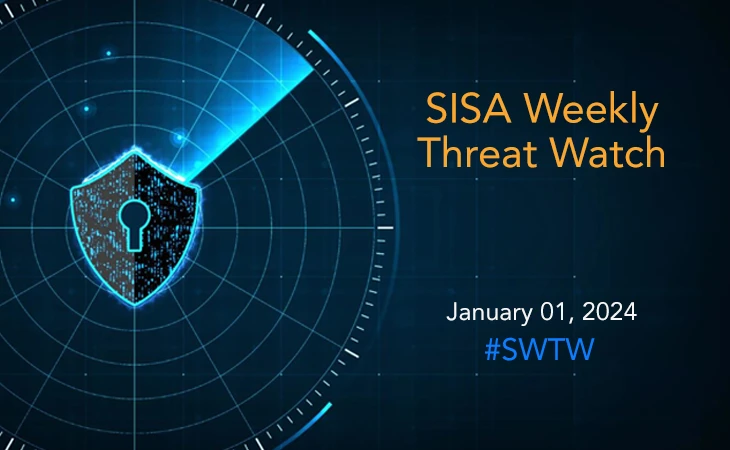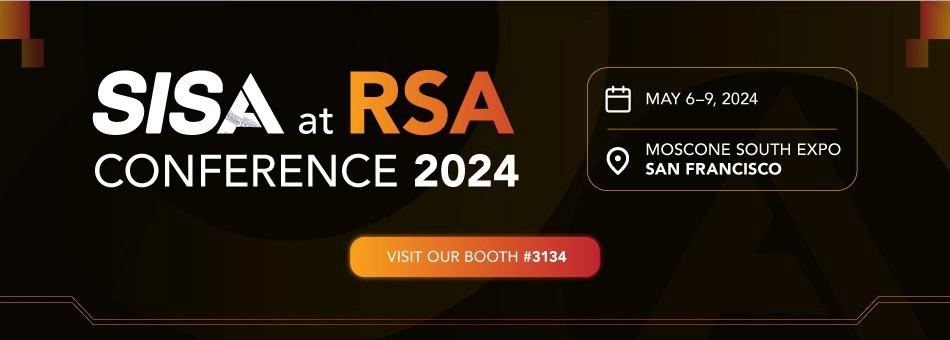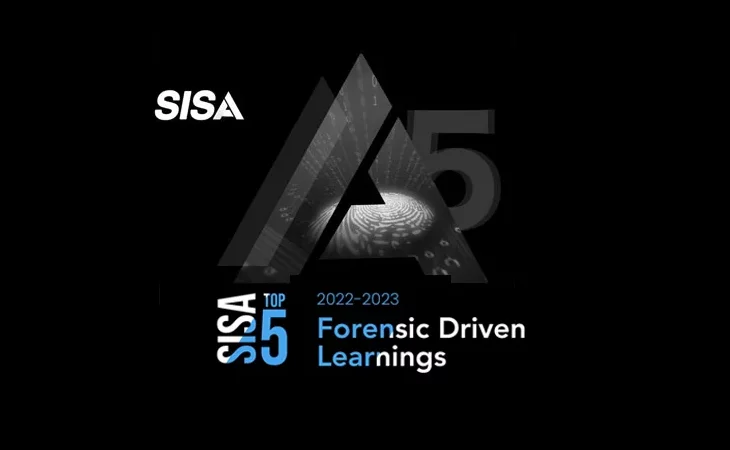Exclusive Insights
- The Critical Role of Managed Compliance in the Evolving Digital Payments Landscape
- The Rise of AI: A New Era in Cybersecurity Resilience
- Redefining Cybersecurity in a Fragmented Landscape: The Case for MXDR
- Cybersecurity Predictions and Trends for 2024
- Securing Tomorrow: Asia’s Digital Payment Transformation and the Road to 2024
- An American healthcare MNC strengthened its data security policy by integrating SISA Radar with DLP solutions
- SISA’s forensics-driven MDR solution helps Club Prophet improve monitoring of workloads on Google Cloud Platform
- SISA ProACT’s cloud-based MDR solution helps neobank improve real-time threat detection and response
- SISA helps a global cloud-based solutions provider mitigate IoT device vulnerabilities
Knowledge Lounge » Redefining Cybersecurity in a Fragmented Landscape: The Case for MXDR
Redefining Cybersecurity in a Fragmented Landscape: The Case for MXDR
Share on

In my role as the head of the MXDR Business Unit, I often encounter a significant concern from organizations—they are buying more and more security tools in the hope of feeling more protected. Yet, paradoxically, this approach can lead to greater anxiety. There’s a valid fear about the increasing exposure that comes with adding more suppliers and vendors into the mix. Moreover, there’s the unavoidable reality of cybersecurity limbo—a prolonged period where teams are bogged down learning and integrating new tools, instead of actively defending against threats.
This challenge is further magnified by the prevailing narrative that simply acquiring new tools is the panacea for all security woes. However, this belief overlooks a critical bottleneck in the ecosystem: the chronic shortage of skilled staff to effectively adopt and manage these new technologies. At a time when cybersecurity professionals are already overwhelmed and under-resourced, the introduction of new tools often adds another layer of strain, placing unsustainable demands on already stretched teams.
The root of the issue is not just the number of tools but their integration and management within the existing security framework. The addition of each new tool potentially requires specialized skills, not just for initial deployment but also for ongoing management and optimization. This can lead to a scenario where our security teams are perpetually catching up with technology rather than mastering and leveraging it.
The advent of AI technologies adds a dual edge to this complexity, enhancing capabilities while introducing new vulnerabilities. In this challenging scenario, organizations desperately need a solution that transcends traditional, siloed approaches to security—a unified system where defense mechanisms communicate seamlessly to preempt breaches.
This is where the strategic value of platforms like MXDR becomes evident. MXDR doesn’t just add to the pile of tools; it orchestrates them, creating a unified system that enhances the capabilities of each component while minimizing the complexity for users. MXDR revolutionizes our approach by automating threat investigation and response, providing a unified platform that offers a comprehensive view across IT, operational technology (OT), and the Internet of Things (IoT) environments. It integrates Security Orchestration, Automation, and Response (SOAR) functionalities in a structured, refined manner that enhances visibility and response capabilities uniformly across the organization.
One of MXDR’s critical strengths lies in its ability to consolidate disparate security data from all tools and sources into a singular, cohesive dashboard. This facilitates comprehensive threat detection and analysis, enabling the rapid identification of patterns, relationships, and indicators of compromise—crucial in a landscape where threats evolve swiftly and with increased sophistication. Furthermore, MXDR is adept at industry-specific defenses, tailoring security to specific needs—be it manufacturing, healthcare with the Internet of Medical Things, or financial services with critical transaction systems.
While the potential of advanced technologies like MXDR is compelling, the overarching challenge for organizations lies in harmonizing these new solutions with their existing investments. It’s about making those existing dollars work harder and smarter in an ever-evolving threat landscape.
This is where I see MXDR not just as another tool in the arsenal, but as a strategic enabler that allows organizations to effectively leverage their current technological assets. This approach is crucial because it’s not about replacing what works but enhancing it to meet modern security demands. MXDR’s capability to integrate seamlessly with existing security tools is what sets it apart—it’s designed to synchronize with and amplify the value of these investments.
The primary value of MXDR lies in its holistic approach. It creates a synergy among various security tools, allowing them to operate as a cohesive unit. This not only optimizes the effectiveness of what organizations already possess but also facilitates the smooth incorporation of new, cutting-edge solutions tailored to address specific and evolving threats. This integration is pivotal, as it enhances real-time threat detection and incident validation, thereby establishing a comprehensive and preemptive cybersecurity environment.
Furthermore, in highly regulated industries like digital payments, compliance is not just a requirement but a cornerstone of operational integrity. MXDR’s modular architecture is particularly beneficial here. It enables enterprises to maintain their existing security frameworks while seamlessly integrating compliant, new services as required. This modularity means that organizations can address immediate vulnerabilities without overhauling their entire systems and can adapt swiftly as regulations change and cybersecurity needs evolve.
From a leadership perspective, adopting MXDR is about foresight and adaptability. It’s about preparing our organizations not just to respond to threats but to anticipate and neutralize them before they impact our operations. MXDR empowers us to harness the full potential of our existing resources, align them with advanced, targeted cybersecurity measures, and ensure a robust defense mechanism that evolves with both threats and industry standards.
Ultimately, the goal is to create a cybersecurity environment where tools and teams work in harmony, where new technologies enhance rather than complicate the security posture, and where organizations can navigate the evolving threat landscape with confidence and resilience. MXDR isn’t merely a technological solution; it’s a strategic framework that transforms how we perceive and manage cybersecurity. It ensures that organizations’ current investments are not static assets but dynamic tools that adapt and grow in capability over time. As we look towards a future where digital threats are increasingly sophisticated, MXDR stands as a critical component in our strategy to safeguard not just our data but our very way of doing business.
Exclusive Insights
- The Critical Role of Managed Compliance in the Evolving Digital Payments Landscape
- The Rise of AI: A New Era in Cybersecurity Resilience
- Redefining Cybersecurity in a Fragmented Landscape: The Case for MXDR
- Cybersecurity Predictions and Trends for 2024
- Securing Tomorrow: Asia’s Digital Payment Transformation and the Road to 2024
- An American healthcare MNC strengthened its data security policy by integrating SISA Radar with DLP solutions
- SISA’s forensics-driven MDR solution helps Club Prophet improve monitoring of workloads on Google Cloud Platform
- SISA ProACT’s cloud-based MDR solution helps neobank improve real-time threat detection and response
- SISA helps a global cloud-based solutions provider mitigate IoT device vulnerabilities
 USA
USA India
India APAC
APAC Middle East
Middle East Rest of the Countries
Rest of the Countries

 Facebook
Facebook Linkedin
Linkedin  Youtube
Youtube






